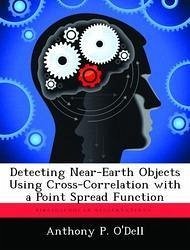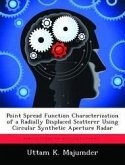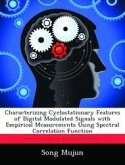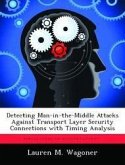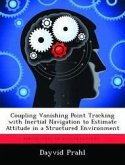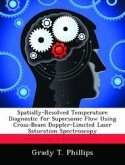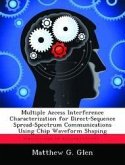This thesis describes a process to help discover Near-Earth Objects (NEOs) of larger than 140 meters in diameter from ground based telescopes. The process involves using Nyquist sampling rate to take data from a ground-based telescope and measuring the atmospheric seeing parameter, r0, at the time of data collection. r0 is then used to create a point spread function (PSF) for a NEO at the visual magnitude limit of the telescope and exposure time. This PSF is cross-correlated with the Nyquist sampling rate image from the telescope to reduce the noise and therefore increase the detection probability of a faint NEO. The process is compared to the current detection technique of using Rayleigh sampling with a threshold detector. This process is tested versus improper seeing parameter measurement and different locations of the NEO within the charged-coupled device (CCD) pixel field of view (FOV). The biggest improvement is where the NEO is located in the corner of the pixel FOV. The new process shows improvement in detection probability over the current process in all simulations.
Hinweis: Dieser Artikel kann nur an eine deutsche Lieferadresse ausgeliefert werden.
Hinweis: Dieser Artikel kann nur an eine deutsche Lieferadresse ausgeliefert werden.

